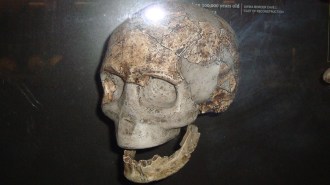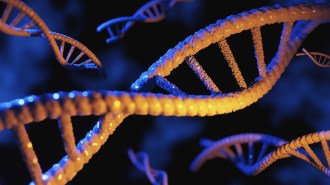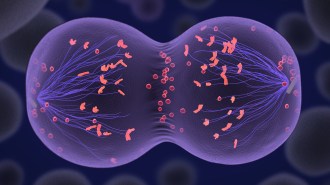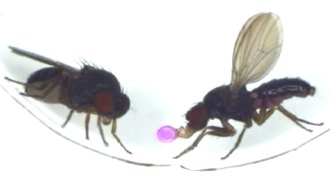50 years ago, chimeras gave a glimpse of gene editing’s future
Excerpt from the June 1, 1974 issue of Science News
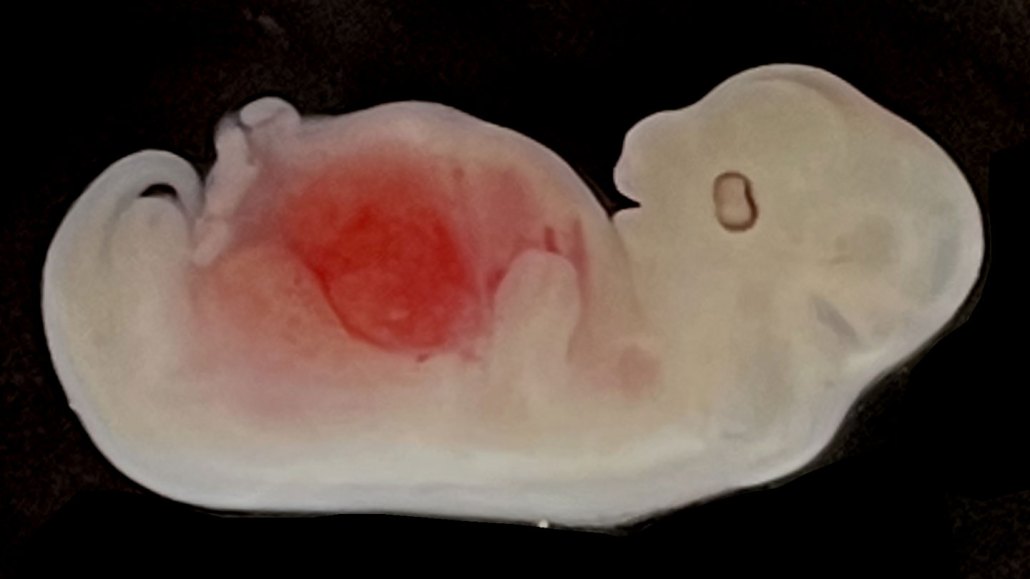
Advances in genetic engineering over the last 50 years let scientists in 2023 introduce human stem cells into a pig embryo engineered to lack a kidney. The stem cells grew into a new organ made mostly from human cells.
J. WANG ET AL/CELL STEM CELL 2023



